
SAS Press author Matt Windham shows you how to use the SAS procedure PROC HTTP to grab raw data from a website.

SAS Press author Matt Windham shows you how to use the SAS procedure PROC HTTP to grab raw data from a website.
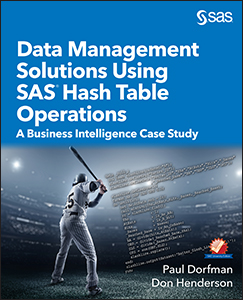
Now is your chance to learn even more about SAS hash tables with four additional articles on the subject.

Does this situation sound familiar? You have a complex analysis that must be finished urgently. The data was delivered late and its quality and structure are far from the expected standard. The time pressure to present the results is huge, and your SAS program is not giving you the expected
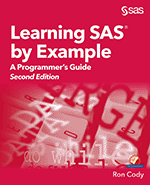
I often get asked for programming tips. Here, I share three of my favorite tips for beginners. Tip #1: COUNTC and CATS Functions Together The CATS function concatenates all of its arguments after it strips leading and trailing blanks. The COUNTC function counts characters. Together, they can let you operate
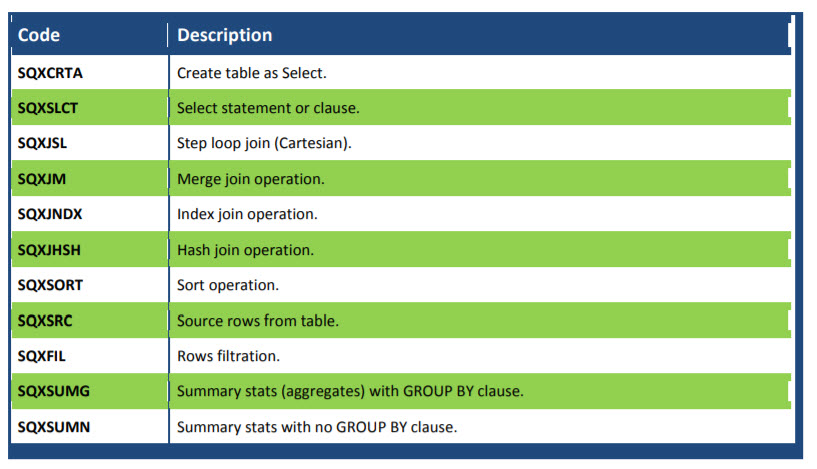
SAS Press author Kirk Paul Lafler's favorite tips using PROC SQL.

Find out about the new edition of Ron Cody's latest best selling book.
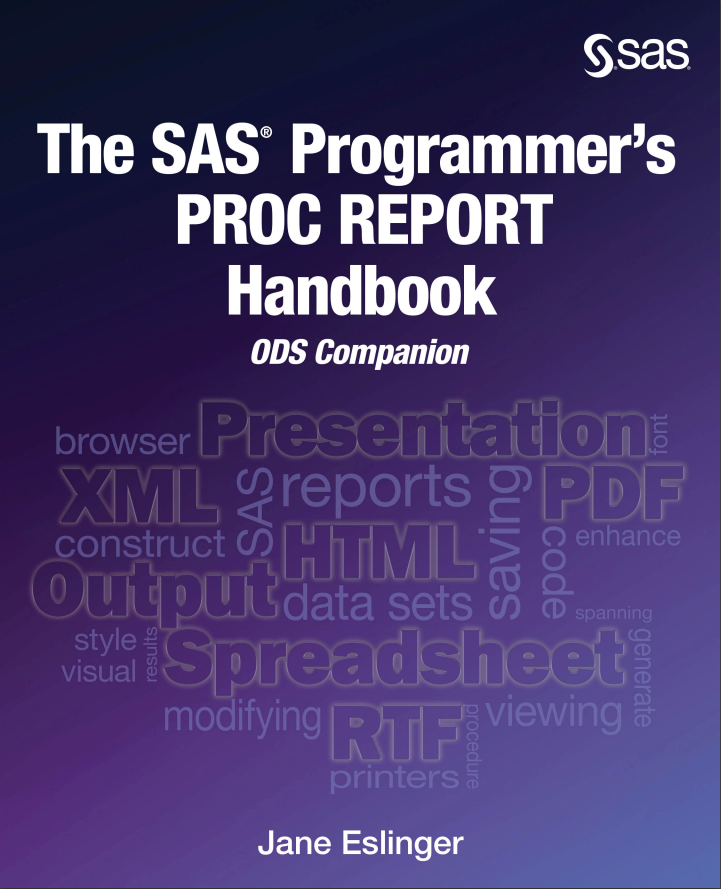
SAS author Jane Eslinger shows give you tips for working with PROC TEMPLATE when diving into the Output Delivery System (ODS) world. Learn how to create a custom style template to get the stylized output you want.
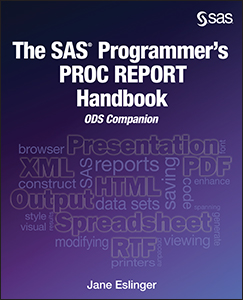
The ODS destination for PowerPoint uses table templates and style templates to display the tables, graphs, and other output produced by SAS procedures. You can customize the look of your presentation in a number of ways, including using custom style templates and images. Here we'll learn about using background images.
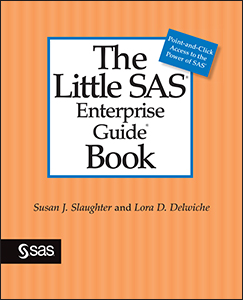
If you are a SAS programmer, you may wonder why you should read this. After all isn’t SAS Enterprise Guide just for folks who don’t want to be bothered writing SAS code? SAS Enterprise Guide is just point, click, and get results, right? Well there is a lot more to
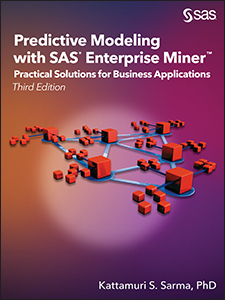
To make accurate predictions, it is necessary that the sample data you use for model development is compatible with the target population. The distribution of each input used in the model should be similar in the sample and the target population. In your model you should include only those variables
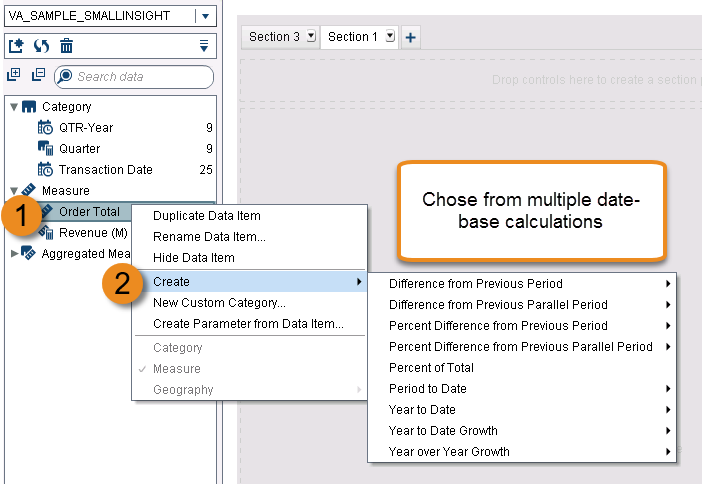
My new SAS Press book “An Introduction to SAS Visual Analytics” (written in collaboration with Tricia Aanderud and Rob Collum) covers all of the different aspects of SAS® Visual Analytics, including how to develop reports, load data, and handle administration. Below is an example of the types of tips that you can find

In this post I describe the important tasks of data preparation, exploration and binning.These three steps enable you to know your data well and build accurate predictive models. First you need to clean your data. Cleaning includes eliminating variables which have uneven spread across the target variable. I give an
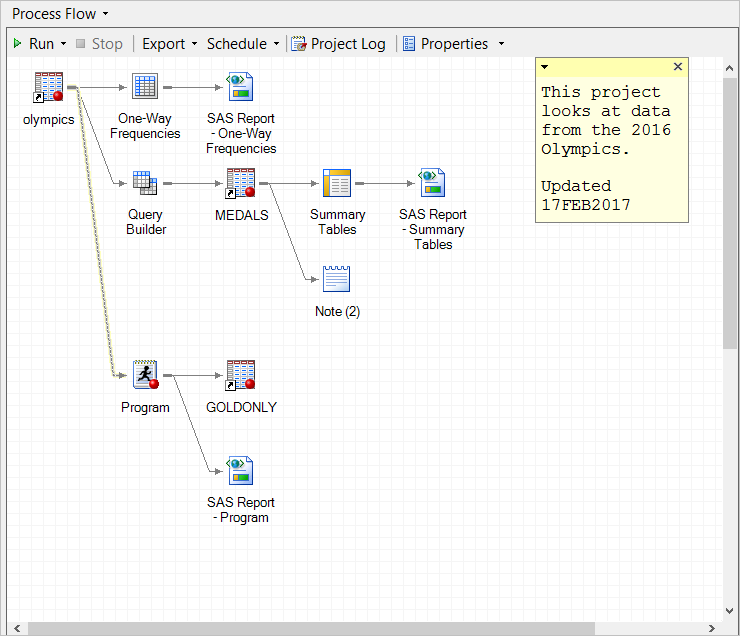
Nowadays, whether you write SAS programs or use point-and-click methods to get results, you have choices for how you access SAS. Currently, when you open Base SAS most people get the traditional SAS windowing environment (aka Display Manager) as their interface. But it doesn’t have to be that way. If
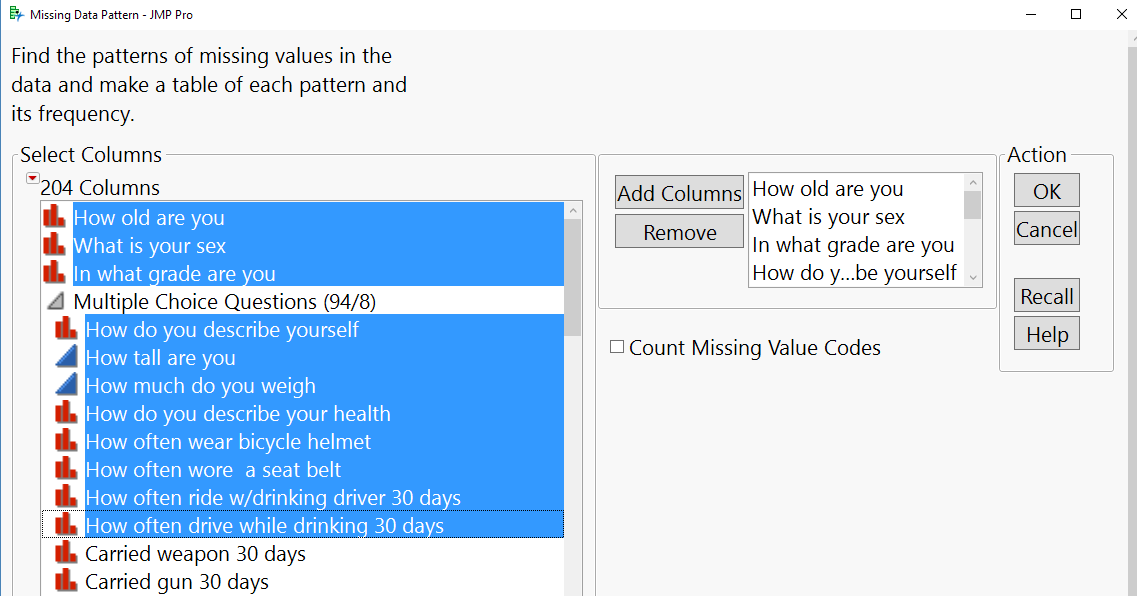
Datasets are rarely ready for analysis, and one of the most prevalent problems is missing data. This post is the first in a short series focusing on how to think about missingness, how JMP13 can help us determine the scope of missing data in a given table, and how to
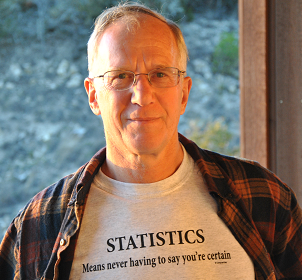
In a previous blog, I demonstrated a program and macro that could identify all numeric variables set to a specific value, such as 999. This blog discusses an immensely useful technique that allows you to perform an operation on all numeric or all character variables in a SAS data set.
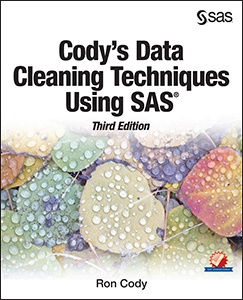
When I teach my Data Cleaning course, the last topic I cover in the two-day course is SAS Integrity Constraints. I find that most of the students, who are usually quite advanced programmers, have never heard of Integrity Constraints (abbreviated ICs). I decided a short discussion on this topic would

Wait! Don't close this window. I understand that regular expressions can be very complicated (yes, there are many books on the subject), but some basic expressions to test patterns such as zip codes or telephone numbers are not that difficult. In addition, you can sometimes use Google to search for

How many times have you entered a phone number on a web page, only to be told that you did not type it the "correct" form? I find that annoying. Don't you? In my latest book, Cody's Data Cleaning Techniques, 3rd edition, I show how to convert a phone number

The little SAS program’s official name was Extract_Transform_Load_ 0314.sas. But, that name was much too formal, way too long, and did not roll off of the tongue very easily at all. So, everybody simply called her: ETL Pi. ETL Pi was conceived in a 2-hour project strategy meeting in conference

When developing SAS® data sets, program code and/or applications, efficiency is not always given the attention it deserves, particularly in the early phases of development. Since data sizes and system performance can affect a program and/or an application’s behavior, SAS users may want to access information about a data set’s
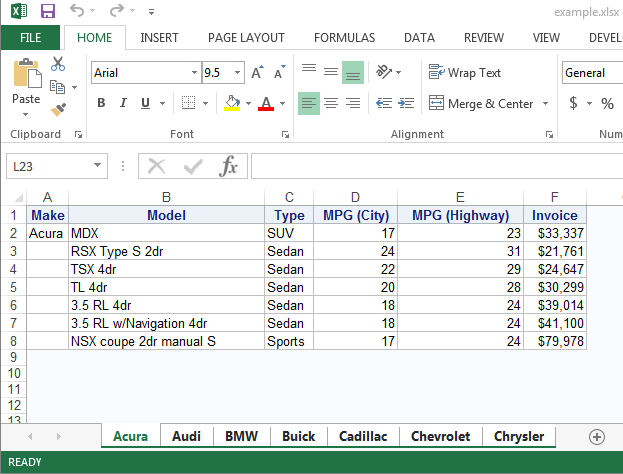
Ok, so you know how to create multiple sheets in Excel, but can anyone tell me how to control the name of the sheets when they are all created at once? In the ODS destination for Excel, the suboption SHEET_INTERVAL is set to TABLE by default. So what does that
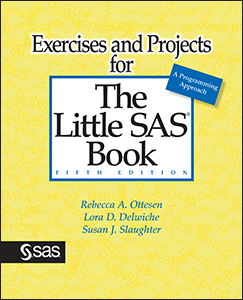
I recently asked a SAS user, “Which interface do you use for SAS?” She replied, “Interface? I just install SAS and use it.” “You’re using the SAS windowing environment,” I explained, but she had no idea what I was talking about. This person is an extremely sophisticated SAS user who

There's an old song that starts out, "You Can Get Anything You Want at Alice's Restaurant." Well, maybe you are too young to know that song, but if you’re a SAS users, you’ll be glad to know that you can capture anything produced by any SAS procedure (even if the

SAS® users have an easy and convenient way to quickly obtain useful information (referred to as metadata) about their SAS session with a number of read-only SAS DICTIONARY tables or SASHELP views. At any time during a SAS session, information about currently defined system options, libnames, tables, columns and their
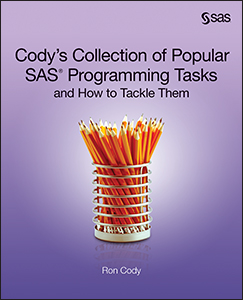
How many of you have been given a SAS data set with variables such as Age, Height, and Weight and some or all of them were stored as character values instead of numeric? Probably EVERYONE! Yes, we all know how to do the old "swap and drop" (rename and convert), but
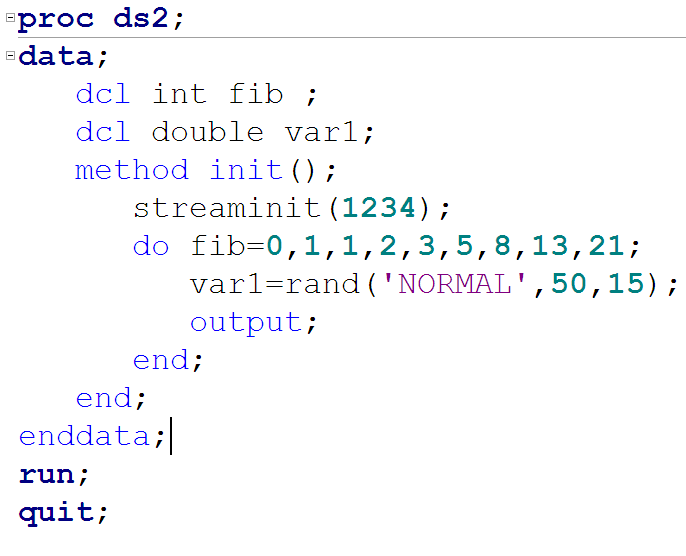
This SAS Jedi is very excited about the SAS 9.4 M4 release, which brought many wonderful gifts just in time for Christmas. So in the interest of extending the Christmas spirit, I'm going to blog about some of my favorites! I've long loved the SAS DO statement variant which allows
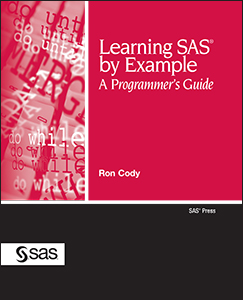
SAS temporary arrays are an underutilized jewel in the SAS toolbox. I find that many beginning to intermediate SAS programmers are not familiar with temporary arrays. The good news is that there is nothing complicated about them and they are very useful. First of all, what is a temporary array?
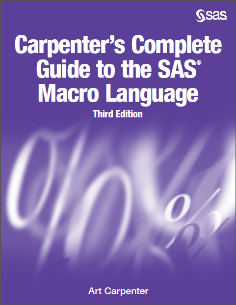
As technology expands, we have a similarly increasing need to create programs that can be handed off – to clients, to regulatory agencies, to parent companies, or to other projects – and handed off with little or no modification needed by the recipient. Minimizing modification by the recipient often requires
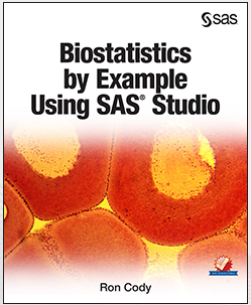
Suppose you are using SAS Studio and the statistical task you need to perform is not a supported option or feature in SAS. I know that sounds almost impossible because the statistical tasks in SAS Studio are so awesome. But, just in case you need to tweak a program or
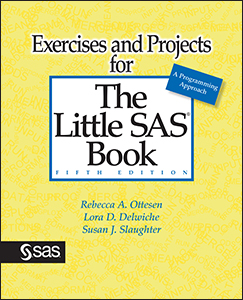
Our new book, Exercises and Projects for The Little SAS® Book Fifth Edition, includes a variety of exercises to help people learn SAS programming. Rebecca Ottesen, Lora Delwiche and I designed this book so that it can be used either in a classroom setting or by individual readers working alone.